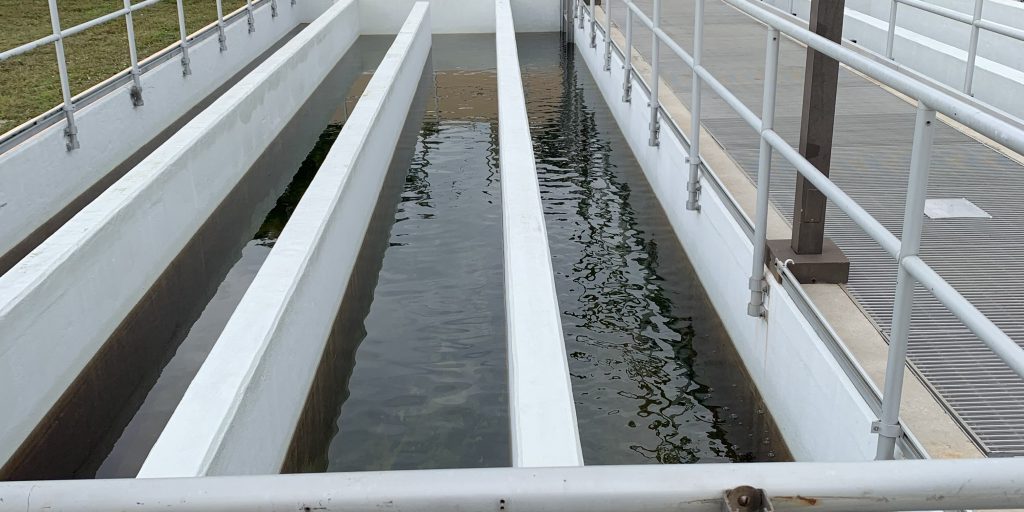North Port, Florida utilities department depends on SCADA and remote alarm notification
Located on the Gulf of Mexico between Tampa and Sarasota, North Port, Fla., has 80 miles of freshwater canals and is the only city in the Florida with an entire 8,000-acre state forest inside its city limits. The city’s residents, visitors and many businesses are dependent on the Water and Wastewater Utilities Department.
Water and wastewater utilities
Responsible for the city’s water and wastewater infrastructure, North Port Utilities manages 115 lift stations, 30 miles of sewer gravity lines, 70 miles of sewer lines, 3,000 manholes, 1,632 fire hydrants, 307 miles of water transmission lines, 3,000 valves, booster stations and storage tanks at two wastewater plants and one water plant. Visualization software, including supervisory control and data acquisition (SCADA)—a computer-based system that analyzes data in real time to control equipment—helps the city’s utilities monitor lift stations and both water and wastewater plants, which drastically reduces the frequency of visits to remote sites.
For approximately 13 years, the city has relied on SCADA and an alarm notification software solution to push critical alarm and event details to remote workers in any abnormal operating conditions. Three years ago, Robert Davies, an instrumentation and controls supervisor, joined the team. He oversees all electronics, electrical maintenance and SCADA for the city’s water and wastewater plants and sewer lift stations. After thoroughly reviewing the existing setup, including hardware and software, and bringing the city’s new wastewater plant online, he updated the water and wastewater plants’ servers and upgraded to the latest versions of a SCADA system and remote alarm notification software. This ensured the visualization and notification software that manage the utilities’ sites were running on the most robust products.
In his supervisory role, Davies is intimately involved with servicing and maintaining their SCADA applications. Davies is also responsible for the configuration of the alarm software which includes setting up alarm escalation. For example, the water plant is set up on a six-hour, day-and-night schedule because when the plant is staffed during the day the system does not send notifications. However, when the plant is offline, the remote alarm notification software becomes active and sends alarms, if necessary, such as a power failure. The water and wastewater sites run 24 hours but are staffed for 16.
“Having a remote alarm notification software is our ‘eyes-on’ during the eight hours when the plants are not staffed,” Davies said.
Upgrading technology
The utilities staff is using the alarm software to receive alerts via SMS, voice and email. Davies is currently in the process of implementing the software’s mobile app to streamline decision making through push notifications. This will allow the team to quickly see what is wrong, send an acknowledgment, and monitor alarm condition changes in real-time, right from a smartphone. The mobile app also promotes team problem solving through a chat feature that will help Davies’ team converse, brainstorm, and share solutions on-the-fly, from wherever they are—whether in the plant, at home, or on the road. Another benefit of the mobile app is how efficiency will be improved through the team visibility feature that shows who has seen an alarm as well as who has acknowledged it, reducing guesswork and redundant responses.
“I really appreciate the escalation alarm feature. First it notifies the plant main phone line, then the operator’s cell phone, then the chief operator, the superintendent and finally it will call me if no one else has responded to the notification,” Davies said. “However, I’m looking forward to exploring the robust features on the new mobile app.”
Making a difference
The alarm notification software has been extremely helpful during unexpected communication failures at some of the utilities’ booster station cellular sites in notifying team members when the cellular modems were down. Typically, the alarm callouts are for power failures, analytical instrument out of ranges, pump start fails, excessively high water levels, and compliance issues that require quick reaction from the team.
Utilities are always concerned with saving money and avoiding noncompliance fines.
The remote alarm notification software provides Davies and his team with confidence to keep things running smoothly. This regularly occurs with a wastewater treatment plant that must maintain a specific compliance residual in the pouring contact chamber because water is put out for irrigation reuse purposes. At night, when no one is at the plant, if residual is lost the system goes into a reject mode. The water that continues to come in must go somewhere, which leads to the possibility of retention pond flooding. Continuing this domino effect, if the retention ponds overflow, this water could go into local estuaries and cause a lot of problems. However, because of the alarm notification, these issues are avoided.
“Getting notifications about compliance issues saves us a substantial amount of money by preventing any fines from DEP [for being out of compliance],” said Davies.
Davies also cited how advanced notification from the alarm software prevents problems with the lift and sewer and pumping stations. He is planning to integrate a Data Flow Systems database to an OPC DA server to be able to connect to the remote alarm software for alarm callout for this application.
Jeremy Meegan is North American channel sales manager at Austin, TX-based WIN-911 and may be reached at [email protected]. The company helps protect over 18,000 facilities in 80 countries by delivering critical machine alarms via smartphone or tablet app, voice (VoIP and analog), text, email, and in-plant announcer, reducing operator response times, system downtime, and maintenance costs. Prior to working in industrial automation and as channel sales manager, Meegan worked in project management in metal building manufacturing. He holds a bachelor’s degree in marketing from the University of Texas San Antonio.




















